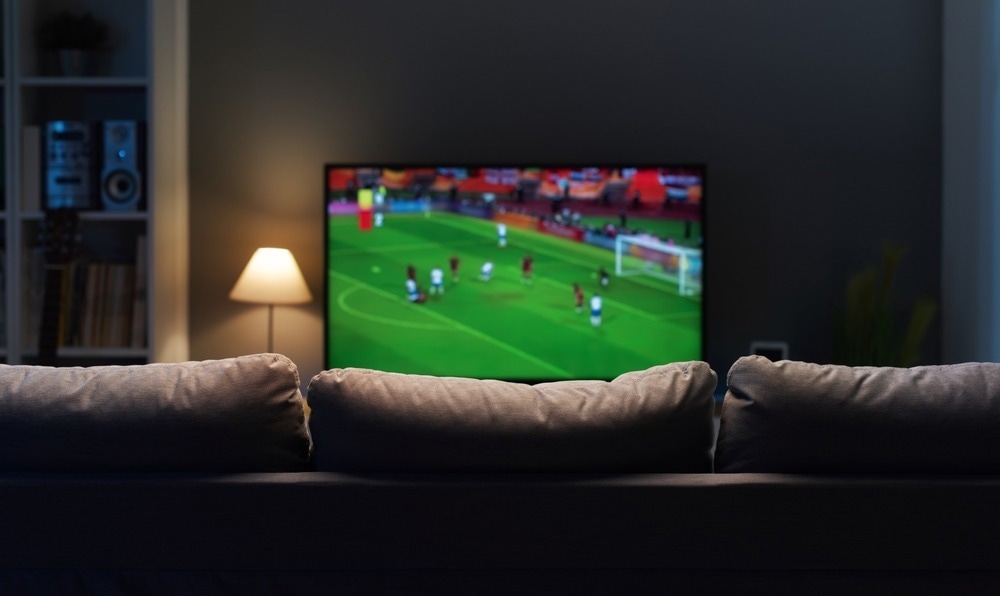Researchers from Curtin University have made significant progress in environmentally friendly display technology by developing blue quantum dot LEDs (QLEDs), which are stable and highly efficient. These QLEDs could power the next generation of smartphones, TVs, VR headsets, and energy-efficient lighting without the use of hazardous heavy metals. The journal Nature published the study.

Image Credit: Stock-Asso/Shutterstock.com
According to Study Author Associate Professor Guohua Jia of Curtin's School of Molecular and Life Sciences, QLEDs are a cutting-edge display technology that outperforms conventional LEDs in terms of brightness, color accuracy, lifetime, and energy efficiency. However, a significant obstacle up to this point has been developing stable and effective blue QLEDs without the use of hazardous materials like cadmium.
Our research team has developed a new type of quantum dot that matches or even outperforms traditional cadmium-based QLEDs, but in a safer and more sustainable way. Our quantum dots emit a pure and vibrant blue light with an impressive 24.7 percent efficiency, which is among the highest recorded for blue QLEDs. They also last for nearly 30,000 hours, making them a promising step toward more durable and environmentally friendly display technology.
Guohua Jia, Study Author and Associate Professor, Curtin University
According to Associate Professor Jia, the researchers accomplished this by atomically fine-tuning the quantum dots' structure to minimize defects that could obstruct light emission.
This approach allowed us to create more uniform quantum dots, improving both brightness and stability. We believe that our study will have a profound impact across the breadth of devices known as optoelectronics, which either produce light or use light to perform their functions. These results represent a new frontier in display technology and put us on a path towards superior displays with high color purity, operational stability, and eco-friendliness.
Guohua Jia, Study Author and Associate Professor, Curtin University
Researchers from Shanghai University, Jilin University, the Chinese Academy of Sciences, Fudan University, and TCL Research collaborated on the study.
Journal Reference:
Wu, Q., et al. (2025) Homogeneous ZnSeTeS quantum dots for efficient and stable pure-blue LEDs. Nature. doi.org/10.1038/s41586-025-08645-4.